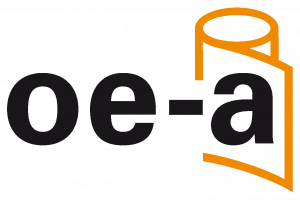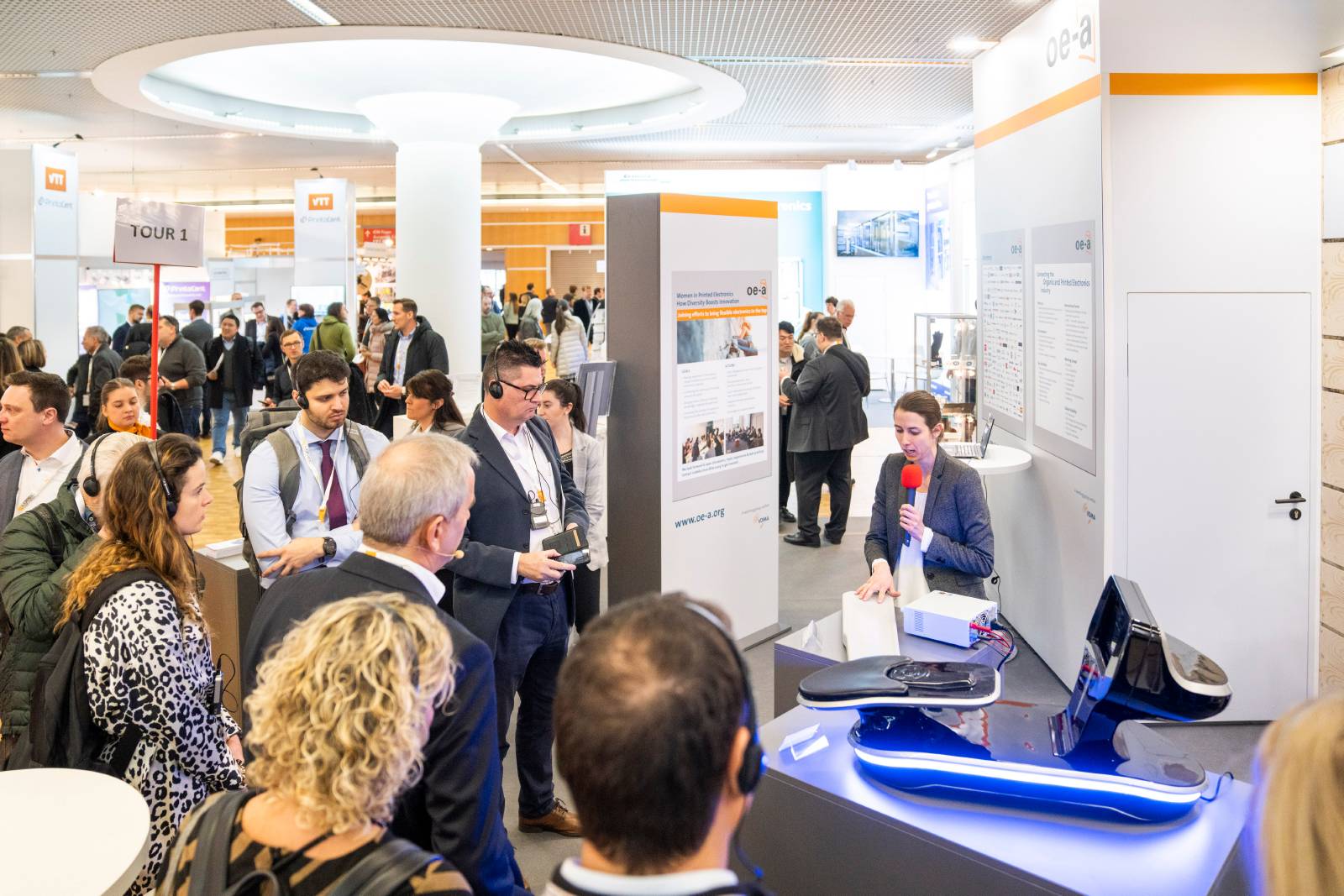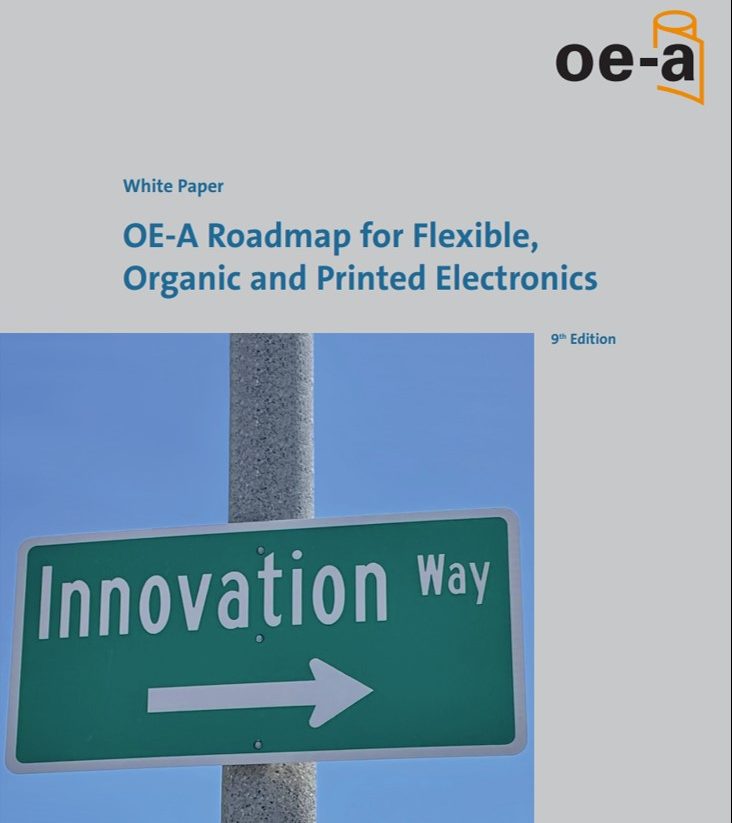Focus on integrating commercial off-the-shelf components with flexible substrates and additively manufactured circuits. Key techniques include using low-temperature solders and conductive adhesives compatible with polymer substrates. Anisotropic conductive adhesives enable fine-pitch bonding. Challenges include aligning components on flexible substrates and ensuring reliable connections. Hybrid electronics and structural electronics are emerging trends, integrating circuits directly into 3D-formed parts.
Implementation examples
Hybrid Assembly
for Structural Electronics
A thermoformed circuit substrate with touch controls and LED illumination. The integration of electronic circuits directly on non-planar surfaces is achieved using stretchable or thermoformable inks, and formable substrates such as polycarbonate or PET. After assembly and testing, the circuit is thermoformed and encapsulated in an injection molded part.
Thermode array for ACA (Anisotropic Conductive Adhesive) curing on a multicomponent roll-to-roll flex assembly line, ensuring accurate thermal bonding and electrical connectivity by efficiently curing the adhesive
ACAs require elevated temperature and pressure to cure, and it is common to use a thermode system in which a heated bar (typically between 150 and 190°C) is contacted onto the top of the component with a moderate pressure (typically around 0.5MPa) for 10 to 20 seconds.







